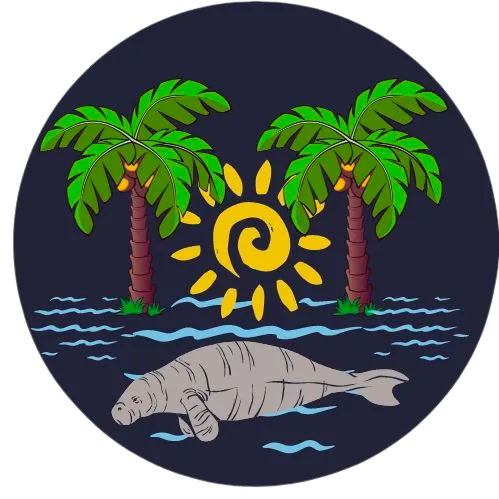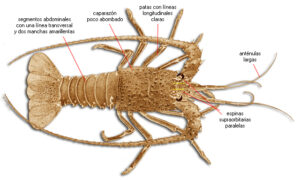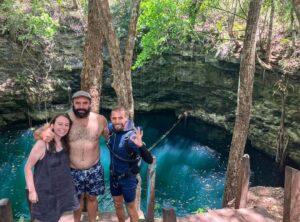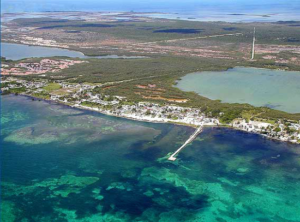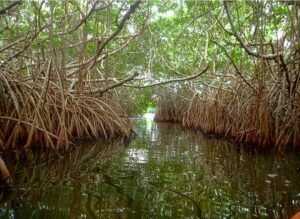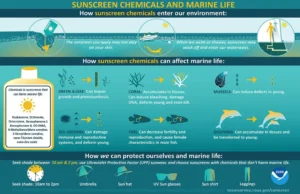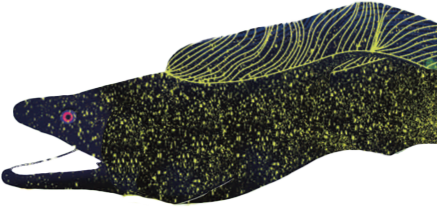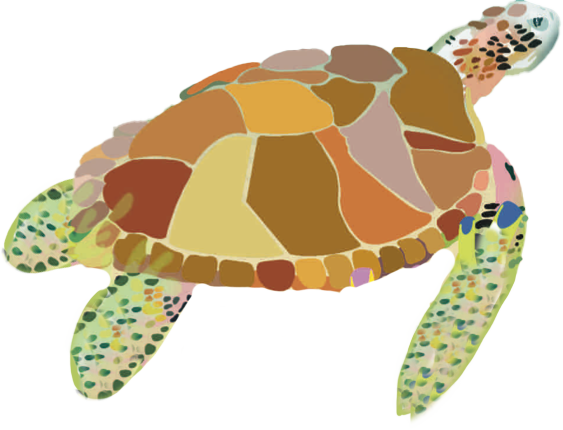
Coral bleaching is a alarming phenomenon affecting some of the world’s richest and diverse marine ecosystems, including the beautiful Maya Riviera and the tranquil town of Xcalak. This concerning threat underscores the fragility of our oceans and the urgent need to take action to protect these valuable natural treasures.
The Coral Ecosystem: A Refuge of Biodiversity
Coral reefs are underwater ecosystems of unparalleled beauty and biodiversity. With their vibrant colors and intricate forms, corals host an incredible variety of marine life. From colorful tropical fish to sea turtles and dolphins, these habitats provide shelter and sustenance to countless species.
The Living Tissue of Corals
Corals are remarkable organisms that construct calcium carbonate structures, creating the reefs they inhabit. These corals form a symbiotic relationship with zooxanthellae, tiny single-celled algae that provide them with nutrients through photosynthesis. This relationship is crucial for the color and health of corals, as zooxanthellae also give them their characteristic vibrant hue.
The Threat of Coral Bleaching
Coral bleaching is a devastating process that occurs when environmental conditions become adverse for corals and their zooxanthellae. High water temperatures, pollution, and acidification are factors that can stress corals, leading to the expulsion of zooxanthellae. When this happens, corals lose their color and turn white, indicating a decline in their health.
The Maya Riviera: A Paradise in Peril
The Maya Riviera, along the eastern coast of the Yucatan Peninsula in Mexico, is an iconic tourist destination known for its white sandy beaches and crystal-clear waters. However, beneath the surface lies an equally impressive underwater world. The coral reefs of the Maya Riviera attract divers and nature lovers from around the globe.

The Impact of Climate Change
Climate change has raised water temperatures worldwide, including the waters of the Maya Riviera. This has increased the frequency and intensity of coral bleaching events. As temperatures remain high, corals are forced to expel zooxanthellae to survive, resulting in loss of color and vitality in the reef.
Xcalak: A Tranquil Corner at Risk
Xcalak, a small fishing village on the southern coast of Quintana Roo, Mexico, is known for its natural beauty and peaceful atmosphere. However, even in this secluded corner, coral bleaching has made its presence felt. Xcalak’s reefs are a painful reminder that no place is safe from this global threat.
Consequences for Marine Biodiversity
Coral bleaching has cascading effects that impact the entire marine biodiversity. When corals die or weaken, their role as a habitat and food source for other species is lost. This affects fish, mollusks, and crustaceans that rely on reefs for survival. Additionally, the loss of corals also has an impact on local communities dependent on tourism related to diving and snorkeling.
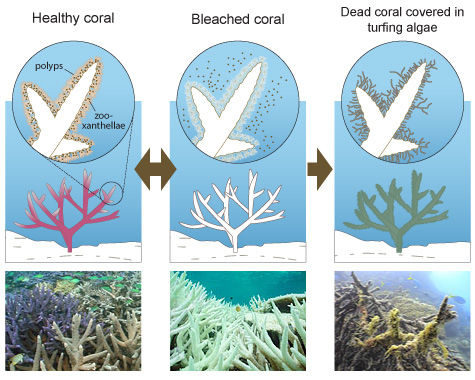
Conservation Actions
The fight against coral bleaching requires actions at both local and global levels. In the Maya Riviera and Xcalak, it’s crucial to implement marine conservation measures such as protected areas and sustainable fishing regulations. Globally, reducing greenhouse gas emissions to address climate change and lower water temperatures is essential.
The Importance of Education and Awareness
Education and awareness are powerful tools in the battle against coral bleaching. By informing local communities, tourists, and authorities about the effects of climate change and the significance of coral reefs, greater engagement with marine conservation can be fostered.
A Future for Coral Reefs
Despite the challenges facing coral reefs in the Maya Riviera and Xcalak, there is still hope. Collective action, scientific research, and international collaboration can make a difference. By reducing carbon emissions, protecting marine habitats, and promoting sustainable tourism practices, we can preserve the beauty and vitality of these unique ecosystems for future generations.
In conclusion, coral bleaching is an urgent wake-up call that traverses the waters from the Maya Riviera to the shores of Xcalak. Coral reefs, with their astonishing biodiversity and delicate beauty, remind us of the interconnectedness of marine life and the need to safeguard our oceans. Through conscious action and global collaboration, we can confront the challenge of coral bleaching and work together toward a future where these underwater wonders continue to stand as a testament to the beauty and diversity of our planet.

